Here's a scary story for you. "Phil" (not his real name) graduated with honors from a four-year university with $82,000 in public and private student loan debts. He found work in his field - and took on additional part-time work - but what he made wasn't enough to meet everyday expenses and pay off his student loans. Phil isn't a doctor or a computer programmer and wages in his field are slightly lower than the average wages in his area. But he found the work that best suited his skills and was a contributing member of society. He just couldn't afford to pay as much as his student loan lenders were demanding.
A couple of years later, one of Phil's private student loan lenders decided to sue and garnish Phil's wages. Left with the choice of not eating or not paying rent each month, Phil filed for Chapter 13 bankrutpcy relief, which lowered the monthly payment on his student loans and left him with just enough money to meet his other living expenses.
The bankruptcy helped. But when the payment plan ended, Phil still had lots of unpaid student loan debt left to go, some of it with very high interest rates. He tried various settlement options but found that the only solution was to file for bankruptcy relief again.
This is sometimes called "perpetual bankruptcy" and it is unfortunately all too real.
Until the laws change to provide some more meaningful relief for honest, hard-working debtors who cannot afford their student loan payments (particularly the often more burdensome private loans), there is really only one commonsense approach to the problem: budgeting for the future student loan expenses before borrowing.
This means students and their families need to do some serious financial planning before signing the loan documents. There are options beyond simply borrowing the "sticker price" tuition rate offered by the school. One interesting program is the Loan Repayment Assistance Program, which works directly with a number of colleges and universities to help repay student loans for lower-income participants.
Shop around and budget for those future expenses. Otherwise, the only other alternative may be perpetual bankruptcy.
Image credit: 401(K) 2013

